Home>Articles>What Are The OSHA Regulations And Guidelines For Ascending Descending A Ladder
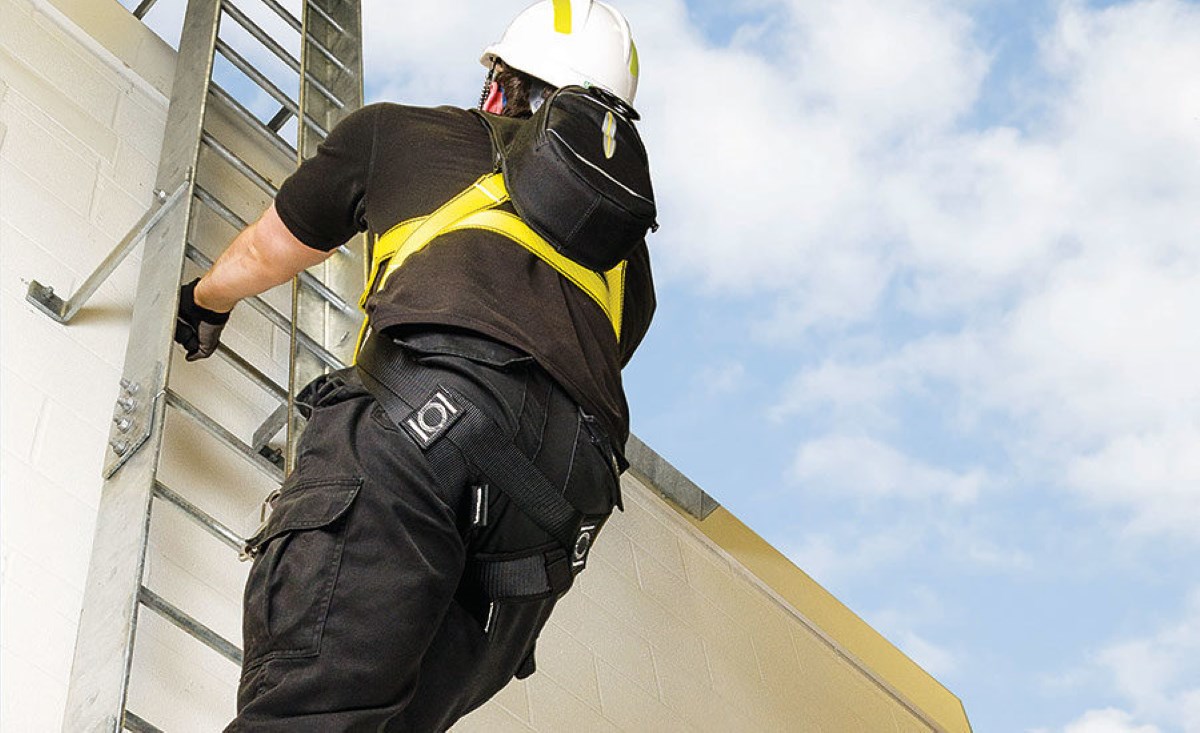

Articles
What Are The OSHA Regulations And Guidelines For Ascending Descending A Ladder
Modified: December 7, 2023
Learn the OSHA and ladder manufacturers requirements for safely ascending and descending a ladder. Explore informative articles on ladder safety and best practices.
(Many of the links in this article redirect to a specific reviewed product. Your purchase of these products through affiliate links helps to generate commission for Storables.com, at no extra cost. Learn more)
Introduction
When it comes to working on ladders, safety should be the top priority for both employers and employees. Every year, thousands of ladder-related accidents occur, leading to serious injuries and even fatalities. That is why OSHA (Occupational Safety and Health Administration) has established strict regulations to ensure the safety of workers who use ladders in their daily tasks.
In addition to OSHA regulations, ladder manufacturers also provide guidelines for the proper use of their products. These guidelines are designed to further enhance ladder safety and reduce the risk of accidents. By following both OSHA regulations and the recommendations of ladder manufacturers, workers can minimize the potential hazards associated with climbing and descending ladders.
This article will explore the specific requirements set by OSHA and ladder manufacturers when ascending and descending a ladder. By understanding and adhering to these guidelines, workers can protect themselves and their colleagues from unnecessary harm.
Key Takeaways:
- Prioritize ladder safety by following OSHA regulations and manufacturer guidelines. Proper training, regular inspections, and communication are essential for creating a safe work environment and minimizing accidents.
- Adhering to OSHA regulations and ladder manufacturers’ recommendations is crucial for minimizing ladder-related accidents. Proper techniques, maintenance, and supervision play key roles in ensuring safety.
OSHA Regulations and Ladder Manufacturers’ Guidelines
OSHA is the regulatory body responsible for ensuring safe and healthy working conditions in the United States. When it comes to ladder safety, OSHA has established several key regulations that employers and employees must follow. These regulations include:
- Ladder Selection: Employers must ensure that the ladder selected for a specific task is appropriate for the job. This includes considering factors such as the ladder type, height, weight capacity, and material.
- Ladder Inspection: Ladders should be regularly inspected for any damage, such as cracks, bent rungs, or missing parts. Any defective or damaged ladder should be immediately removed from service.
- Ladder Placement: Ladders should be placed on a stable and level surface. If this is not possible, the ladder should be secured and stabilized to prevent it from shifting or slipping.
- Ladder Positioning: Ladders should be positioned at the correct angle, known as the “4-to-1” rule. This means that for every four feet of ladder height, the base should be set one foot away from the vertical surface it is leaning against.
- Ladder Usage: Workers should be trained on proper ladder usage techniques, including maintaining three points of contact at all times and not overreaching while on the ladder. Additionally, ladders should never be used as a platform or as a means to access higher levels.
- Ladder Storage: When not in use, ladders should be stored in a designated area to prevent them from becoming a trip hazard or falling onto other workers or equipment.
In addition to OSHA regulations, ladder manufacturers provide their own set of guidelines for the safe use of their products. These guidelines may vary depending on the type and model of the ladder. It is essential for workers to familiarize themselves with the manufacturer’s recommendations to ensure they are using the ladder correctly and in line with the manufacturer’s specifications.
By following both OSHA regulations and ladder manufacturers’ guidelines, employers and employees can create a safe working environment and minimize the risk of ladder-related accidents and injuries.
Importance of Proper Techniques when Ascending a Ladder
When it comes to climbing a ladder, using proper techniques is crucial to ensure safety and prevent accidents. Ascending a ladder requires a combination of balance, strength, and focus. Here are some important reasons why properly following techniques when ascending a ladder is essential:
- Stability: Ascending a ladder with stability is crucial to prevent it from tipping over. Before climbing, ensure that the ladder is set on a stable and level surface. Make sure all the ladder feet are in contact with the ground and that it is fully extended if using an extension ladder.
- Grip: Maintaining a firm grip on the ladder rungs is essential for stability and balance. Use both hands while climbing and avoid carrying any heavy objects that can affect your balance. Additionally, ensure that your hands are clean and dry to prevent slipping.
- Three Points of Contact: OSHA and ladder manufacturers recommend maintaining three points of contact while ascending a ladder. This means that either two feet and one hand or two hands and one foot should be in contact with the ladder at all times. This technique enhances stability and minimizes the risk of falls.
- Proper Foot Placement: Each step while ascending should be deliberate and secure. Ensure your entire foot is placed securely on the ladder rung, with the arch of your foot gripping the rung for added stability. Avoid rushing or taking large steps that may cause imbalance.
- Avoid Overreaching: Overreaching while climbing a ladder can lead to loss of balance and falls. It is important to always work within your comfortable reach zone and avoid leaning or stretching too far to reach objects. If something is out of reach, descend the ladder and reposition it closer to the task.
By following these proper techniques when ascending a ladder, you can significantly reduce the risk of accidents. Taking the time and care to climb safely ensures a stable and secure ascent, protecting yourself and others around you.
Always maintain three points of contact when ascending or descending a ladder. This means either two hands and one foot or two feet and one hand should be in contact with the ladder at all times. This helps to ensure stability and reduce the risk of falls.
Importance of Proper Techniques when Descending a Ladder
Descending a ladder may seem like a simple task, but it is essential to follow proper techniques to ensure a safe and controlled descent. Here are some important reasons why using proper techniques when descending a ladder is crucial:
- Control: Descending a ladder in a controlled manner helps prevent sudden movements and decreases the risk of slips and falls. Take one step at a time, ensuring each foot is securely planted on the rung before moving the other foot down.
- Grip: Just as when ascending, maintaining a firm grip on the ladder rungs while descending is important for stability. Keep both hands on the ladder, using them to support your weight and guide your movements. Avoid holding onto objects or tools that can impact your balance.
- Three Points of Contact: Similar to ascending, three points of contact should be maintained during the descent. This means having either two feet and one hand or two hands and one foot in contact with the ladder at all times. This technique provides stability and balance as you descend.
- Step Placement: Each step while descending should be taken carefully and intentionally. Place your entire foot on the rung, ensuring the arch of your foot grips the rung securely. Avoid sliding down the ladder or jumping off, as these actions can lead to loss of control and accidents.
- Avoid Rushing: Rushing while descending a ladder increases the likelihood of making mistakes or losing balance. Take your time and maintain a steady pace, carefully moving one step at a time. It is better to prioritize safety over speed.
By following proper techniques when descending a ladder, you can minimize the risk of accidents and maintain control throughout the process. Taking the necessary precautions ensures a safe descent and reduces the potential for injuries.
Following OSHA and Ladder Manufacturers’ Recommendations
To ensure maximum safety while using ladders, it is important to closely follow the recommendations set forth by OSHA and ladder manufacturers. By adhering to these guidelines, you can minimize the risk of accidents and create a safer work environment. Here are some key practices to consider:
- Training: Employers should provide proper training to workers regarding ladder safety. This training should cover topics such as ladder selection, inspection, setup, and safe climbing and descending techniques. Employees should be educated on the specific requirements of OSHA regulations and the manufacturer’s recommendations for each type of ladder they use.
- Regular Inspections: Ladders should be regularly inspected for any signs of damage or wear. This includes checking for cracks, loose rungs, or other structural defects. Any defective ladder should be marked as “out of service” and removed from use until it is repaired or replaced.
- Maintenance: It is important to keep ladders in good working condition. This may involve cleaning them regularly to remove dirt and debris that could cause slippage or instability. Lubricating any moving parts, such as hinges or pulleys, can also help maintain ladder performance.
- Proper Use and Positioning: Workers should follow proper procedures while climbing and descending ladders. This includes maintaining three points of contact, avoiding overreaching, and using proper hand and foot placement. Ladders should always be positioned on stable ground and set at the correct angle according to the manufacturer’s recommendations.
- Communication: Effective communication among workers is essential for ladder safety. When working on ladders, it is important to notify others nearby to ensure they are aware of your presence and take necessary precautions. Clear communication can help prevent accidents caused by individuals moving or working in the vicinity of ladders.
- Supervision: Employers should implement a system of supervision to ensure that ladder safety protocols are being followed correctly. Regular observation and feedback can help identify any issues or areas for improvement, allowing for corrective actions to be taken promptly.
By following OSHA regulations and ladder manufacturers’ recommendations, employers and employees can work together to create a safe and secure environment for ladder use. Prioritizing ladder safety will not only protect workers’ well-being but also reduce the risk of accidents and potential legal liabilities.
Conclusion
Working on ladders can be hazardous if proper safety protocols are not followed. That is why it is crucial to adhere to the recommendations set by OSHA and ladder manufacturers. By understanding and implementing these guidelines, employers and employees can significantly reduce the risk of ladder-related accidents and create a safer work environment.
OSHA regulations provide a comprehensive set of rules that employers must follow to ensure ladder safety. These regulations cover various aspects, including ladder selection, inspection, placement, usage, and storage. It is essential for employers to familiarize themselves with these regulations and ensure that their workers are trained on ladder safety practices.
In addition to OSHA regulations, ladder manufacturers offer their own specific guidelines for the safe use of their products. These guidelines may differ depending on the type and model of the ladder. Workers should take the time to understand and follow these recommendations to ensure they are using the ladder correctly and in line with the manufacturer’s specifications.
Proper techniques when ascending and descending a ladder are essential for maintaining stability, balance, and control. This includes maintaining three points of contact, placing feet securely on ladder rungs, and avoiding overreaching. Following these techniques, along with regular inspections and maintenance, can significantly reduce the risk of accidents.
By following OSHA regulations and the recommendations provided by ladder manufacturers, employers and employees can prioritize safety and protect themselves and their colleagues from unnecessary harm. Proper training, communication, and supervision are also crucial elements of ladder safety. Regularly assessing and addressing any safety concerns can further enhance the overall safety culture within the workplace.
Remember, ladder safety is everyone’s responsibility. By working together and implementing these guidelines, we can ensure a safer working environment where accidents and injuries related to ladder use are minimized. So, let’s prioritize ladder safety and make it an integral part of our daily work practices.
Frequently Asked Questions about What Are The OSHA Regulations And Guidelines For Ascending Descending A Ladder
Was this page helpful?
At Storables.com, we guarantee accurate and reliable information. Our content, validated by Expert Board Contributors, is crafted following stringent Editorial Policies. We're committed to providing you with well-researched, expert-backed insights for all your informational needs.

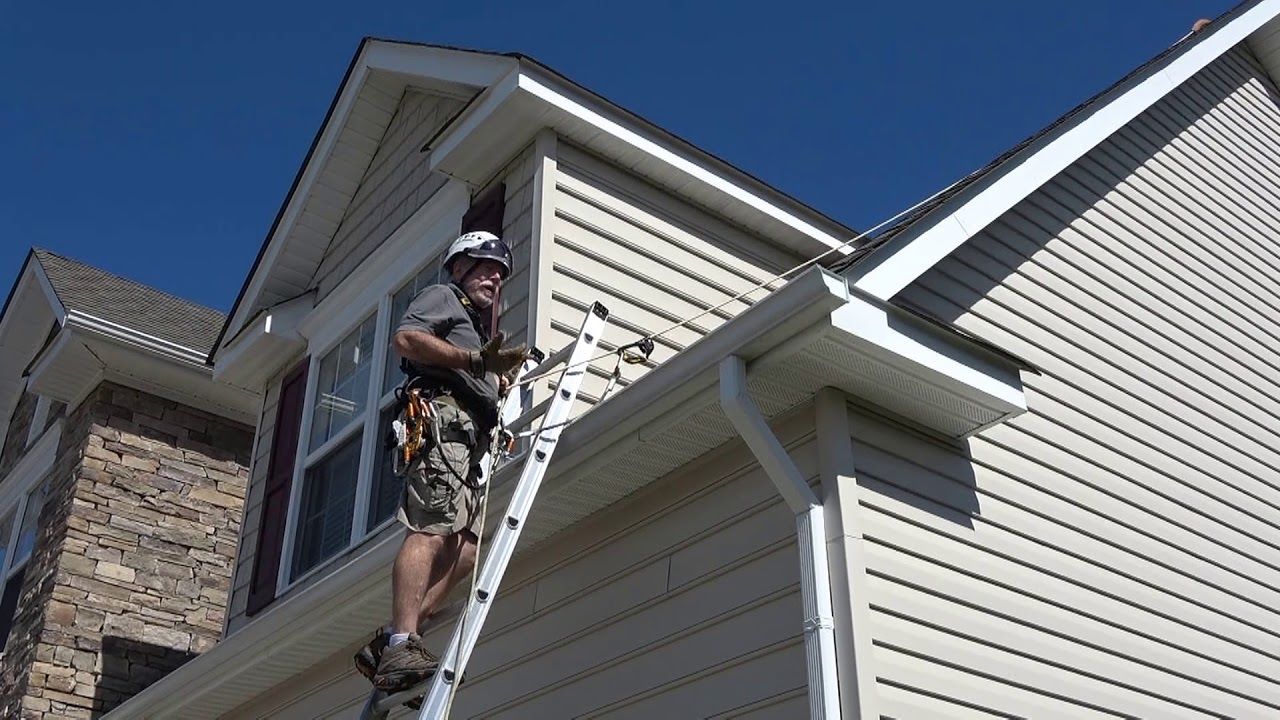

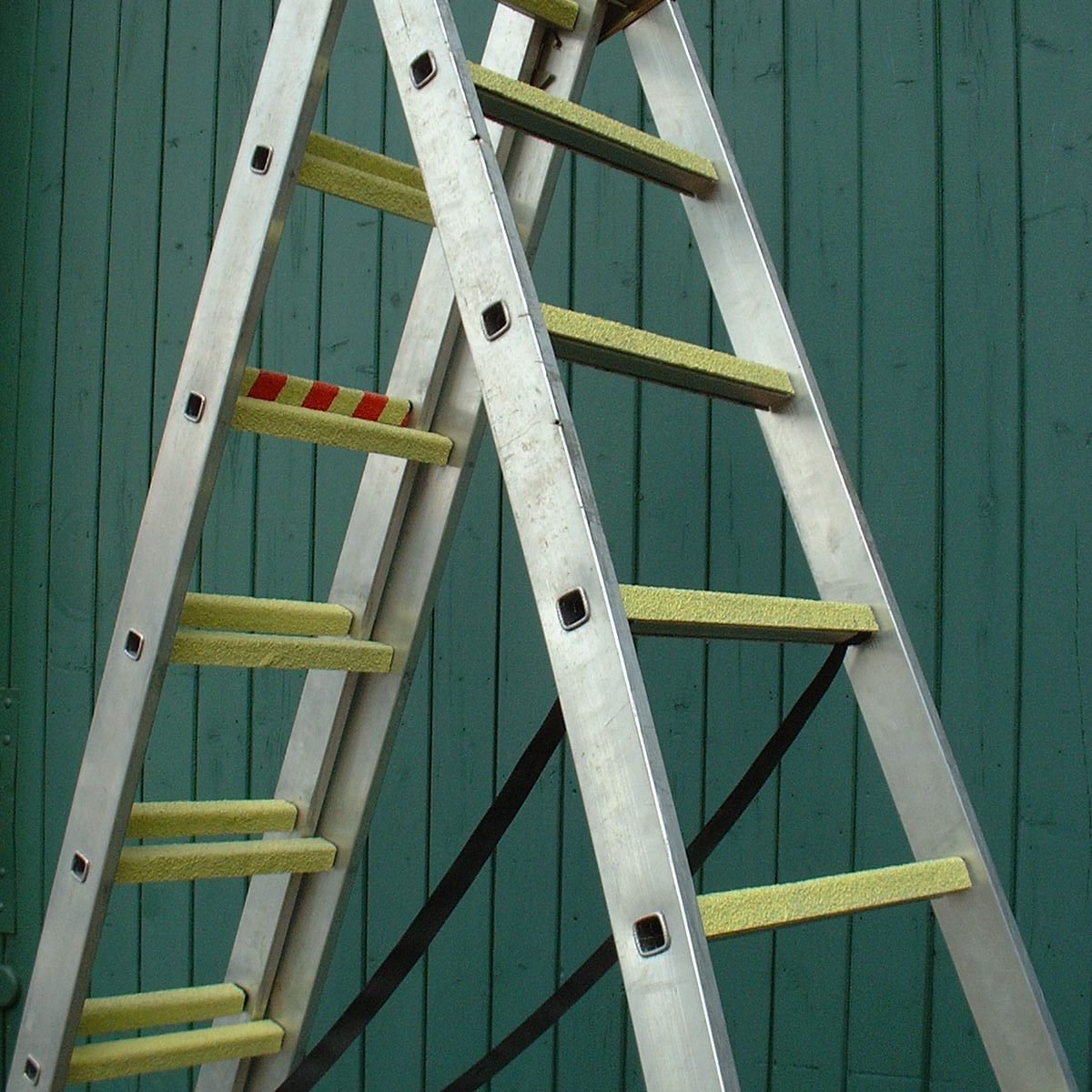

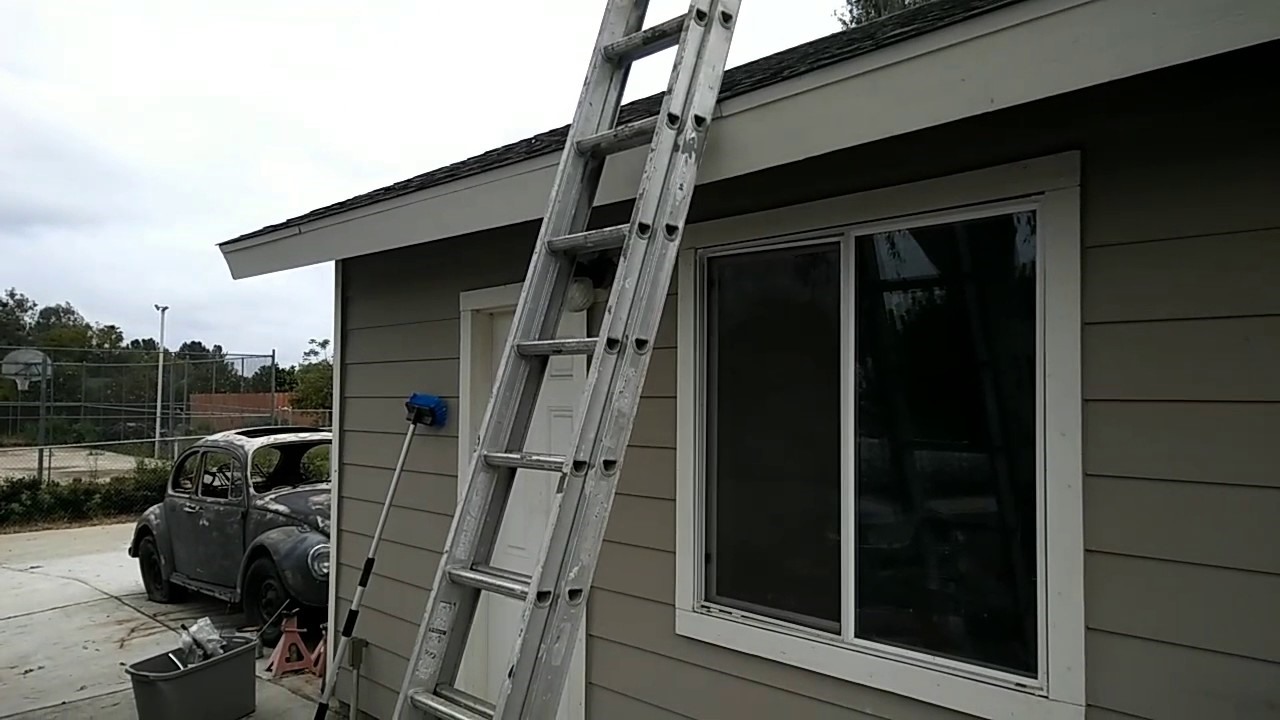

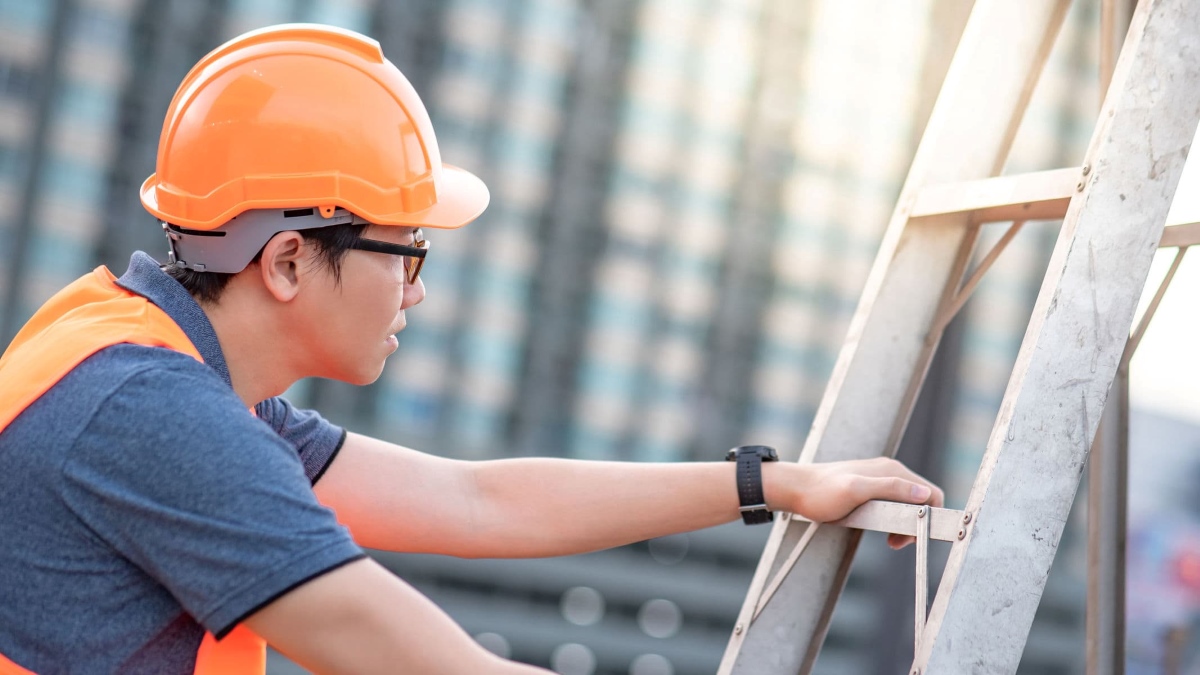
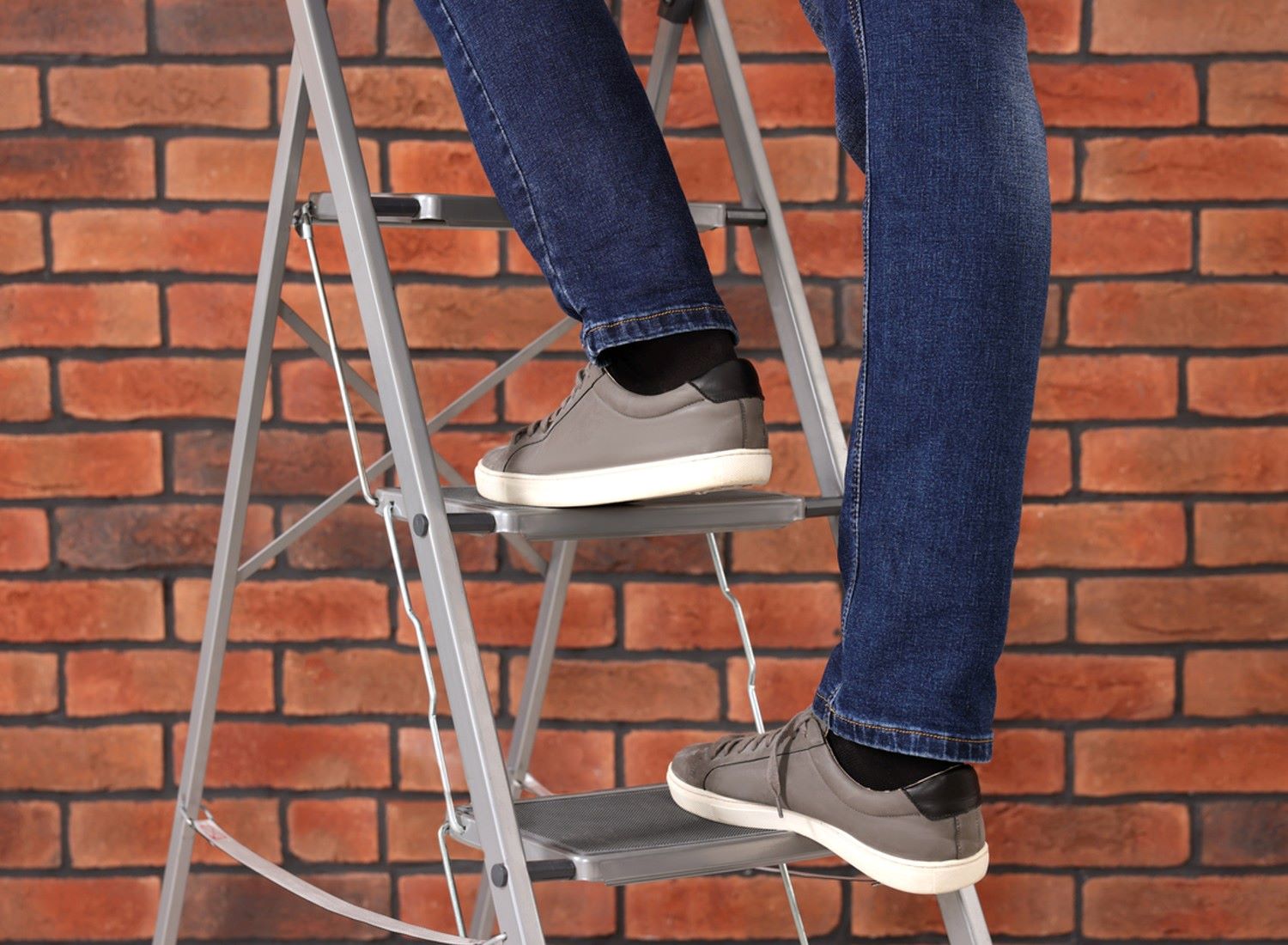
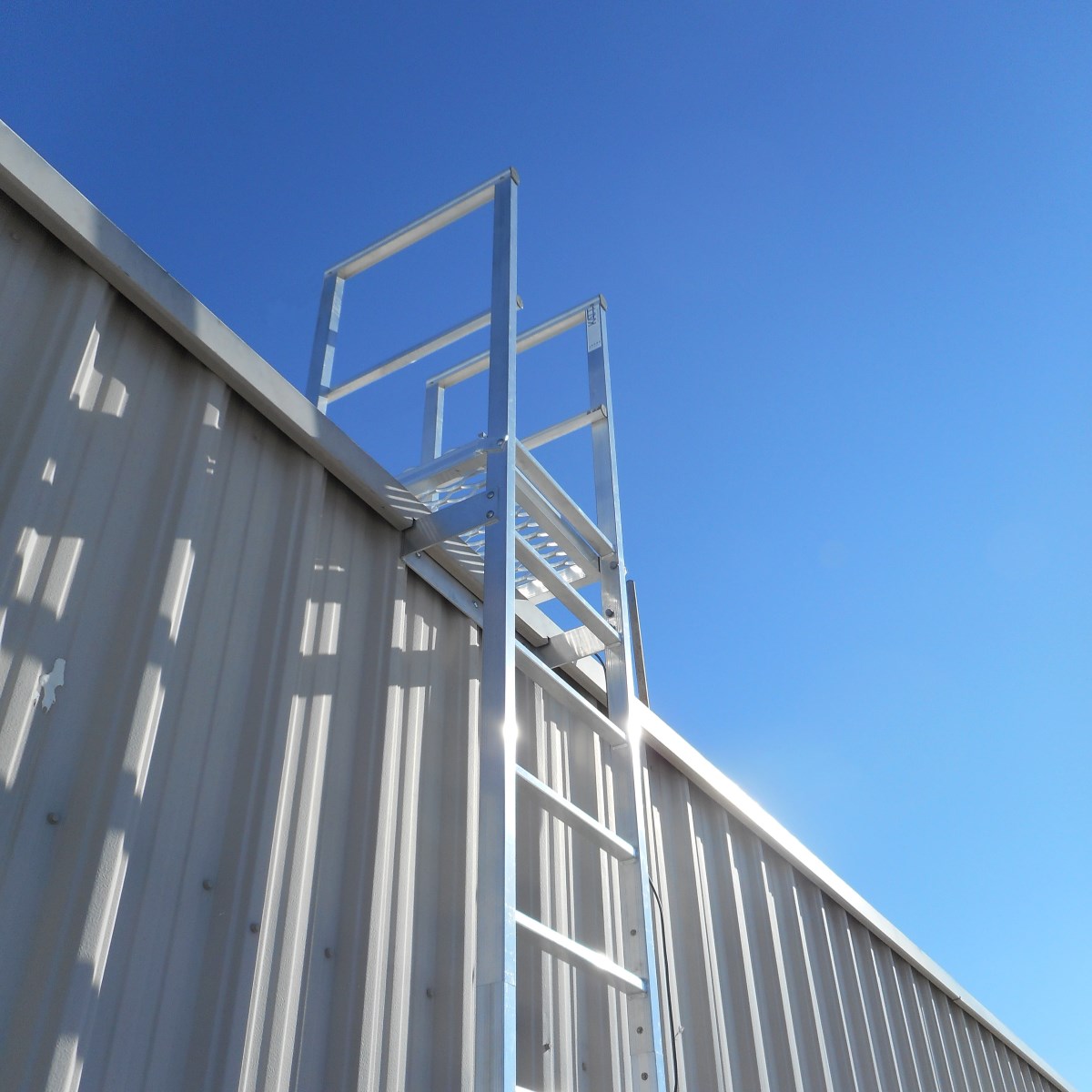

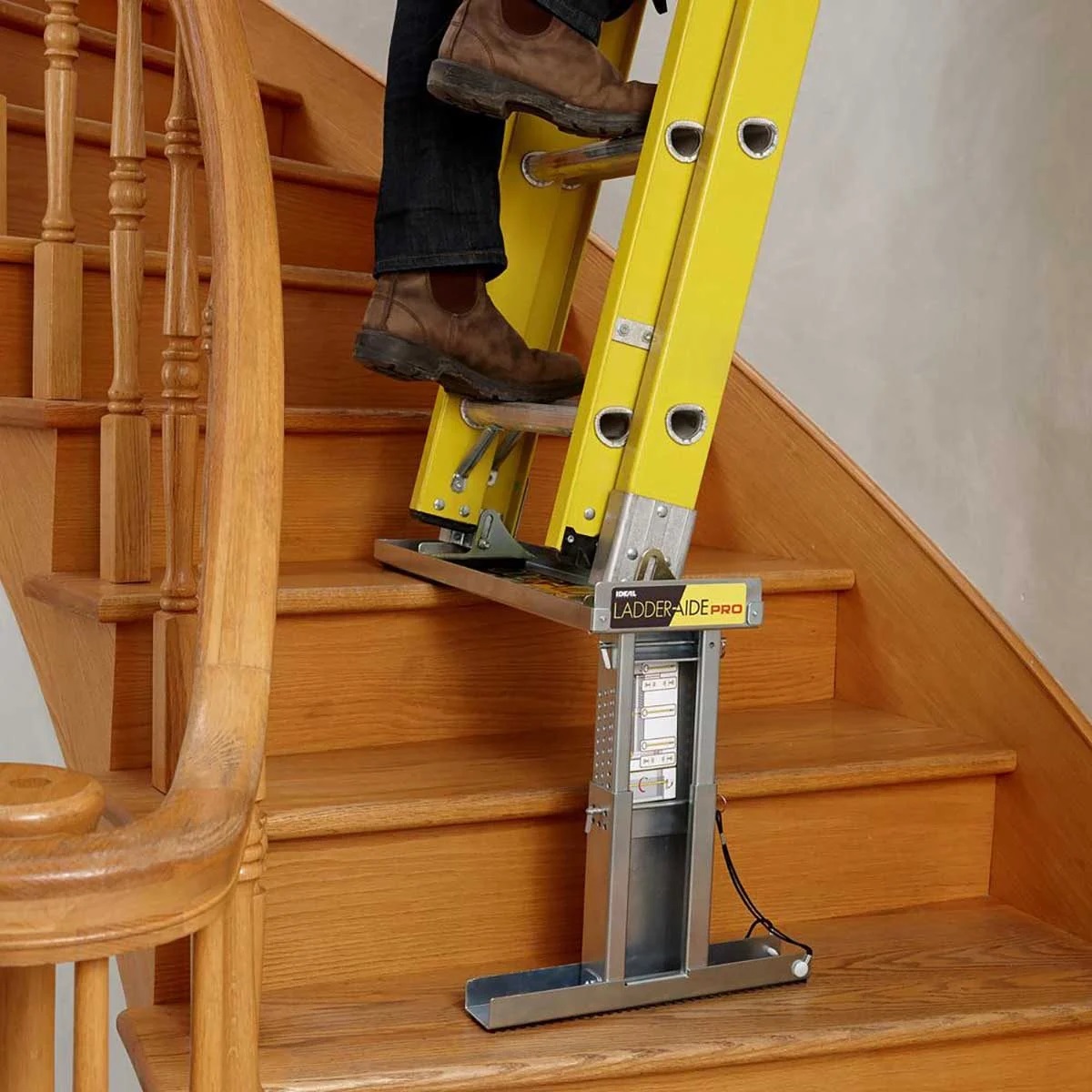

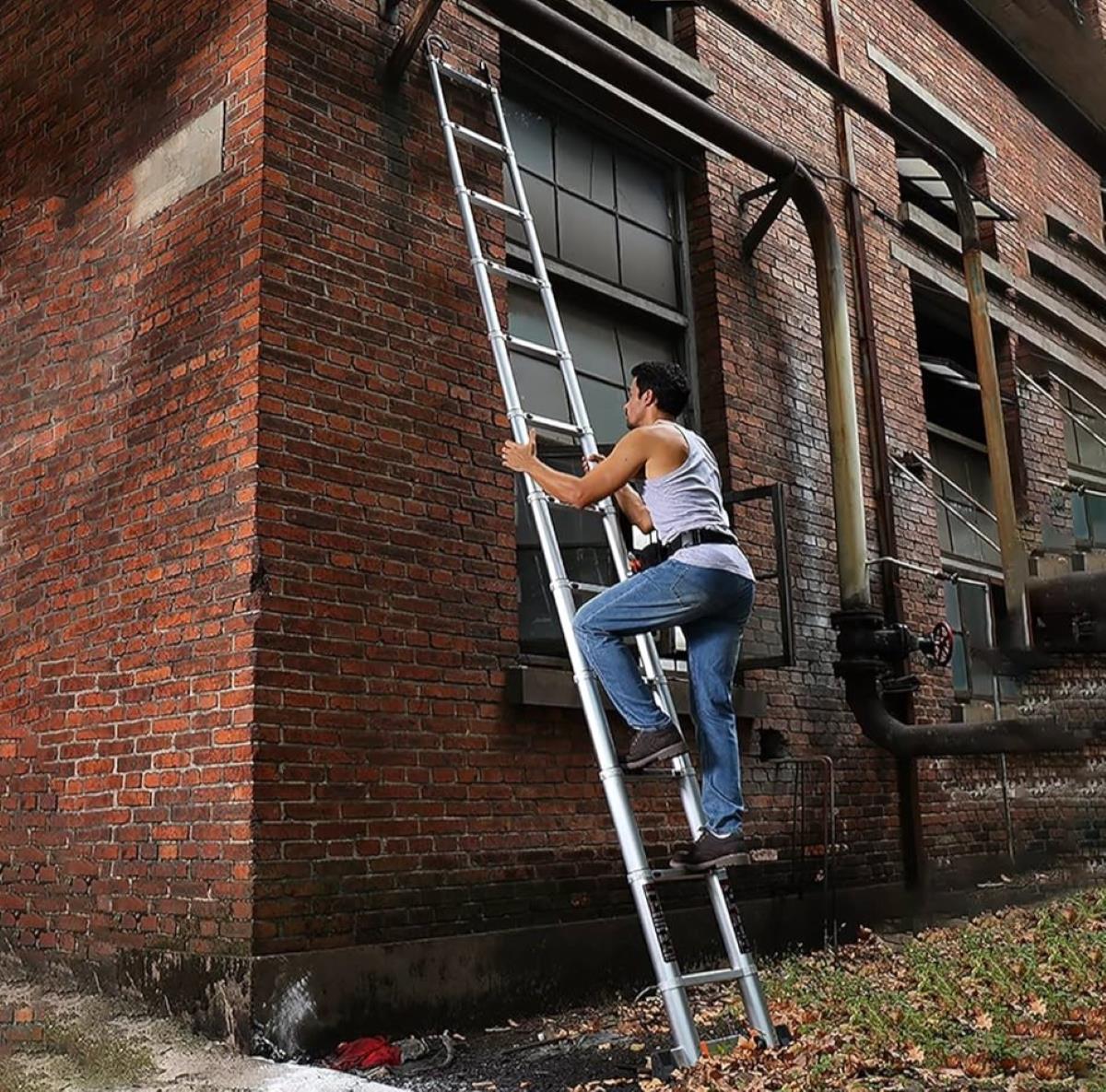

0 thoughts on “What Are The OSHA Regulations And Guidelines For Ascending Descending A Ladder”